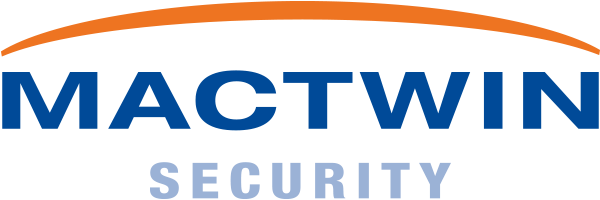Visitors and contractors need temporary access to your premises and specific areas within them. In the past, various employees were responsible for all the related tasks. Nowadays, self-service visitor management systems are available, allowing you to automate these tasks, reduce costs, and enhance your security.
Depending on the type of organization, visitors and contractors (suppliers and subcontractors) visit daily. Managing these visitor flows can be time-consuming. Receptionists, security personnel, and other staff members handle visitor access, check IDs and required certificates, inform visitors about house rules and safety regulations, issue temporary visitor badges, notify colleagues of visitor arrivals, and offer refreshments. The more visitors you receive, the more time-consuming it becomes, and the greater the risk of errors or oversights. Fortunately, there are now solutions that automate many of these processes. Below, we outline the capabilities of these solutions, based on the different phases of the ‘guest journey.’
Added value during appointment confirmation
Every scheduled visit, whether it’s a contractor or a customer, begins with an appointment confirmation. If this appointment is made using a digital reception solution, an automatic confirmation message (via email, WhatsApp, etc.) can be sent to the visitor. This message can also include other information, such as a Google Maps link for directions to your location, guest Wi-Fi codes, house rules, or safety instructions, and a QR code for access to the parking lot. If necessary, the message can also request additional information (ID, certificates, and/or permits). The visitor can upload the required documents, which the system then verifies for validity.
Visitor convenience
On the day of the visit, the visitor gains automatic access to the parking lot using the received QR code. Depending on your preferences and the chosen solution, visitors can also access the lot using their license plate. In this case, the visitor registers their vehicle’s license plate in advance, and license plate recognition cameras at the entrance grant access.
Once inside the building, the visitor reports to the (digital) reception and receives a temporary access badge with limited (temporary) access rights, following the role-based access control). This badge can be issued by the available host/hostess or by a digital host in the form of a kiosk with card-printing functionality.
Host/hostess always informed
Many digital reception solutions allow notifications to be sent to the host/hostess for every step of the process. From sending the invitation to the visitor’s arrival and departure, the host is informed and can quickly welcome the guest. Some solutions also offer VOIP intercom functionality, allowing a voice connection with the visitor, for example, when they arrive at the gate or entrance hall.
Compliance with safety guidelines
If your organization requires it or if it’s mandatory, guest identity information, certificates, and/or permits can be checked in advance using web services that verify the uploaded documents (passport, ID, first aid or VCA certificates, background checks, or work permits) for validity and authenticity. These documents can be requested in the appointment confirmation. For high-risk locations, a more thorough identity check may be necessary. This can be done using a connected passport/ID scanner on-site, which reads specific data from the RFID chip embedded in every passport and ID card. This data is automatically and accurately entered into your organization’s system.
Hospitable, safe and efficient
Experience shows that both visitors and contractors find this self-service concept friendly and welcoming. For the host organization, there are significant efficiency gains. The burden on security personnel is greatly reduced. Additionally, such systems allow for automatic tracking of contractors’ SLA performance, making it easy to assess whether contractors meet their SLA obligations.
More value with integrated solutions
Various visitor management solutions are available, including stand-alone systems and those that integrate with existing systems. Stand-alone solutions are suitable for simple visitor management. For organizations with more complex visitor management needs (e.g., ID checks and license plate registration), integrated solutions are more appropriate. These systems can integrate with technologies such as license plate recognition cameras and gates at parking lots, access control systems, card printers, Microsoft Outlook calendars, and HR systems.
Customization
The best solution for your organization depends on your integration needs. After determining that, the system must be configured, and functional integrations must be implemented. Depending on your organization’s procedures, custom workflows can be created, with or without safety document verification. Additionally, your organization’s branding can often be incorporated into the system.
